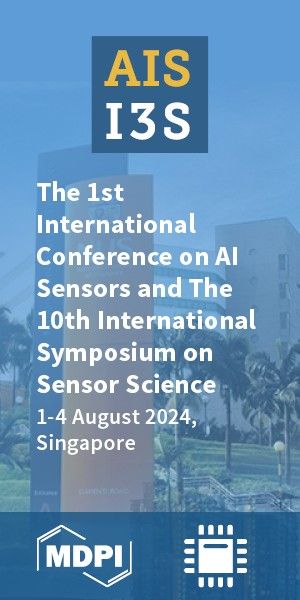Article
Version 1
Preserved in Portico This version is not peer-reviewed
Detecting Mind-Wandering from Eye Movement and Oculomotor Data during Learning Video Lecture
Version 1
: Received: 31 January 2020 / Approved: 3 February 2020 / Online: 3 February 2020 (08:34:54 CET)
A peer-reviewed article of this Preprint also exists.
Jang, D.; Yang, I.; Kim, S. Detecting Mind-Wandering from Eye Movement and Oculomotor Data during Learning Video Lecture. Educ. Sci. 2020, 10, 51. Jang, D.; Yang, I.; Kim, S. Detecting Mind-Wandering from Eye Movement and Oculomotor Data during Learning Video Lecture. Educ. Sci. 2020, 10, 51.
Abstract
The purpose of this study was to detect mind-wandering experienced by pre-service teachers while learning video lecture on physics. The lecture was videotaped and consisted of a live lecture in a classroom. The lecture was about Gauss's law on physics. We investigated whether oculomotor data and eye movements could be used as a marker to indicate the learner’s mind-wandering. Each data was collected in a study in which 24 pre-service teachers (16 females and 8 males) reported self-caught mind-wandering while learning physics video lecture during30 minutes. A Tobii Pro Spectrum (sampling rate: 300Hz) was used to capture their eye-gaze during learning Gauss's law course video. After watching video lecture, we interviewed pre-service teachers about their mind-wandering experience. We first used the self-caught method to capture the mind-wandering timing of pre-service teachers while learning from video lectures. We detected more accurate mind-wandering segments by comparing fixation duration and saccade count. We investigated two types of oculomotor data (blink count, pupil size) and nine eye movements (average peak velocity of saccades; maximum peak velocity of saccades; standard deviation of peak velocity of saccades; average amplitude of saccades; maximum amplitude of saccades; total amplitude of saccades; saccade count/s; fixation duration; fixation dispersion). The result was that the blink count could not be used as a marker for mind-wandering during learning video lectures among them (oculomotor data and eye movements), unlike previous literatures. Based on the results of this study, we identified elements that can be used as mind-wandering markers while learning from video lectures that are similar to real classes, among the oculomotor data and eye movement mentioned in previous literatures. Also, we found that most participants focused on past thoughts and felt unpleasant after experiencing mind-wandering through interview analysis.
Keywords
mind-wandering; video lecture; self-caught method; oculomotor data; eye movements
Subject
Social Sciences, Cognitive Science
Copyright: This is an open access article distributed under the Creative Commons Attribution License which permits unrestricted use, distribution, and reproduction in any medium, provided the original work is properly cited.
Comments (0)
We encourage comments and feedback from a broad range of readers. See criteria for comments and our Diversity statement.
Leave a public commentSend a private comment to the author(s)
* All users must log in before leaving a comment







